The plant growth regulators market is expected to grow from USD 2.80 billion in 2022 to USD 5.94 Billion by 2032, at a CAGR of 7.80% during the forecast period 2023-2032.
Plant growth regulators are defined as synthetic or natural compounds that affect metabolic or developmental processes in higher plants, mostly at low dosages. Natural plant growth regulators are produced within specific parts of plants with minimal qualities & migrate to other parts, manipulating multiple physiological functions to regulate the plant’s growth, like boosting leaf expansion, plant cell division & cell expansion, retarding senescence of the leaves, ripening of fruit & flower maturation, fruits & vegetables, and seed germination. Plant growth regulators are valuable production instruments that enhance product quality & marketability while decreasing labour for pruning, pinching, and maintenance.
The driving factors of the market growth are the decreasing agricultural areas coupled with increasing demand for organic food. Moreover, the increasing profitability concerns for farmers have forced farmers to adopt novel methods like organic farming & usage of agrochemicals to secure crop protection and also reduce costs, which is also propelling the market growth. The lack of awareness, strict regulatory framework, and high costs of the products are restraining factors of the market growth. Increasing investments in agricultural activities in emerging nations is an opportunity for market growth. However, the increase in food imports and exports, long-term usage of fertilizers, and growing concerns among farmers about plant health and productivity are expected to drive market growth. The challenging market growth factors are the lengthy approval period for new products and the lack of awareness about plant growth regulators' benefits.
This study delivers a comprehensive analysis of application, product, and region. The application segment includes cereals & grains, fruits & vegetables, turf & ornaments, and oil seeds & pulses. The fruits & vegetables segment holds the largest market share in 2022 due to the rising population and the subsequent increase in the demand for food. The product segment includes gibberlins, cytokinins, ethylene, and auxins. The cytokinins segment held the largest market share in 2022 due to the increasing health consciousness among the population.
The market has been divided into North America, Europe, Asia-Pacific, Middle East & Africa, and South America. Europe holds the largest market share due to the growing activities of organic farming and the increasing availability of land for organic practices. The rapidly emerging organic farming industry, coupled with intensive agricultural farming, is also propelling the market growth. The Asia Pacific is projected to observe significant growth due to the decreasing area under cultivation land and favourable FDI policies by the government of India.
Some of the notable players in the market are Dow, Nufarm Canada, Syngenta Crop Protection AG, ADAMA India Private Limited, Bayer AG, FMC Corporation, NIPPON SODA CO., LTD., Arysta LifeScience Corporation, Valent BioSciences LLC, BASF SE, and among others.
Report Description:
1. Introduction
1.1. Objectives of the Study
1.2. Market Definition
1.3. Research Scope
1.4. Currency
1.5. Key Target Audience
2. Research Methodology and Assumptions
3. Executive Summary
4. Premium Insights
4.1. Porter’s Five Forces Analysis
4.2. Value Chain Analysis
4.3. Top Investment Pockets
4.3.1. Market Attractiveness Analysis By Application
4.3.2. Market Attractiveness Analysis By Product
4.3.3. Market Attractiveness Analysis By Region
4.4. Industry Trends
5. Market Dynamics
5.1. Market Evaluation
5.2. Market Evaluation
5.3. Drivers
5.3.1. The decreasing agricultural areas
5.3.2. The increasing demand for organic food
5.3.3. The growing concerns among farmers about plant health and productivity
5.4. Restraints
5.4.1. The lack of awareness
5.4.2. The strict regulatory framework
5.5. Opportunities
5.5.1. The increase in the level of investments in agricultural activities in emerging nations
5.6. Challenges
5.6.1. The dearth of awareness about the benefits of plant growth regulators
6. Global Plant Growth Regulators Market Analysis and Forecast, By Application
6.1. Segment Overview
6.2. Cereals & Grains
6.3. Fruits & Vegetables
6.4. Turf & Ornaments
6.5. Oil Seeds & Pulses
7. Global Plant Growth Regulators Market Analysis and Forecast, By Product
7.1. Segment Overview
7.2. Gibberlins
7.3. Cytokinins
7.4. Ethylene
7.5. Auxins
8. Global Plant Growth Regulators Market Analysis and Forecast, By Regional Analysis
8.1. Segment Overview
8.2. North America
8.2.1. U.S.
8.2.2. Canada
8.2.3. Mexico
8.3. Europe
8.3.1. Germany
8.3.2. France
8.3.3. U.K.
8.3.4. Italy
8.3.5. Spain
8.4. Asia-Pacific
8.4.1. Japan
8.4.2. China
8.4.3. India
8.5. South America
8.5.1. Brazil
8.6. Middle East and Africa
8.6.1. UAE
8.6.2. South Africa
9. Global Plant Growth Regulators Market-Competitive Landscape
9.1. Overview
9.2. Market Share of Key Players in Global Plant Growth Regulators Market
9.2.1. Global Company Market Share
9.2.2. North America Company Market Share
9.2.3. Europe Company Market Share
9.2.4. APAC Company Market Share
9.3. Competitive Situations and Trends
9.3.1. Product Launches and Developments
9.3.2. Partnerships, Collaborations, and Agreements
9.3.3. Mergers & Acquisitions
9.3.4. Expansions
10. Company Profiles
10.1. Dow
10.1.1. Business Overview
10.1.2. Company Snapshot
10.1.3. Company Market Share Analysis
10.1.4. Company Product Portfolio
10.1.5. Recent Developments
10.1.6. SWOT Analysis
10.2. Nufarm Canada
10.2.1. Business Overview
10.2.2. Company Snapshot
10.2.3. Company Market Share Analysis
10.2.4. Company Product Portfolio
10.2.5. Recent Developments
10.2.6. SWOT Analysis
10.3. Syngenta Crop Protection AG
10.3.1. Business Overview
10.3.2. Company Snapshot
10.3.3. Company Market Share Analysis
10.3.4. Company Product Portfolio
10.3.5. Recent Developments
10.3.6. SWOT Analysis
10.4. ADAMA India Private Limited
10.4.1. Business Overview
10.4.2. Company Snapshot
10.4.3. Company Market Share Analysis
10.4.4. Company Product Portfolio
10.4.5. Recent Developments
10.4.6. SWOT Analysis
10.5. Bayer AG
10.5.1. Business Overview
10.5.2. Company Snapshot
10.5.3. Company Market Share Analysis
10.5.4. Company Product Portfolio
10.5.5. Recent Developments
10.5.6. SWOT Analysis
10.6. FMC Corporation
10.6.1. Business Overview
10.6.2. Company Snapshot
10.6.3. Company Market Share Analysis
10.6.4. Company Product Portfolio
10.6.5. Recent Developments
10.6.6. SWOT Analysis
10.7. NIPPON SODA CO., LTD.
10.7.1. Business Overview
10.7.2. Company Snapshot
10.7.3. Company Market Share Analysis
10.7.4. Company Product Portfolio
10.7.5. Recent Developments
10.7.6. SWOT Analysis
10.8. Arysta LifeScience Corporation
10.8.1. Business Overview
10.8.2. Company Snapshot
10.8.3. Company Market Share Analysis
10.8.4. Company Product Portfolio
10.8.5. Recent Developments
10.8.6. SWOT Analysis
10.9. Valent BioSciences LLC
10.9.1. Business Overview
10.9.2. Company Snapshot
10.9.3. Company Market Share Analysis
10.9.4. Company Product Portfolio
10.9.5. Recent Developments
10.9.6. SWOT Analysis
10.10. BASF SE
10.10.1. Business Overview
10.10.2. Company Snapshot
10.10.3. Company Market Share Analysis
10.10.4. Company Product Portfolio
10.10.5. Recent Developments
10.10.6. SWOT Analysis
List of Table
1. Global Plant Growth Regulators Market, By Application, 2019-2032 (USD Billion)
2. Global Cereals & Grains, Plant Growth Regulators Market, By Region, 2019-2032 (USD Billion)
3. Global Fruits & Vegetables, Plant Growth Regulators Market, By Region, 2019-2032 (USD Billion)
4. Global Turf & Ornaments, Plant Growth Regulators Market, By Region, 2019-2032 (USD Billion)
5. Global Oil Seeds & Pulses, Plant Growth Regulators Market, By Region, 2019-2032 (USD Billion)
6. Global Plant Growth Regulators Market, By Product, 2019-2032 (USD Billion)
7. Global Gibberlins, Plant Growth Regulators Market, By Region, 2019-2032 (USD Billion)
8. Global Cytokinins, Plant Growth Regulators Market, By Region, 2019-2032 (USD Billion)
9. Global Ethylene, Plant Growth Regulators Market, By Region, 2019-2032 (USD Billion)
10. Global Auxins, Plant Growth Regulators Market, By Region, 2019-2032 (USD Billion)
11. North America Plant Growth Regulators Market, By Application, 2019-2032 (USD Billion)
12. North America Plant Growth Regulators Market, By Product, 2019-2032 (USD Billion)
13. U.S. Plant Growth Regulators Market, By Application, 2019-2032 (USD Billion)
14. U.S. Plant Growth Regulators Market, By Product, 2019-2032 (USD Billion)
15. Canada Plant Growth Regulators Market, By Application, 2019-2032 (USD Billion)
16. Canada Plant Growth Regulators Market, By Product, 2019-2032 (USD Billion)
17. Mexico Plant Growth Regulators Market, By Application, 2019-2032 (USD Billion)
18. Mexico Plant Growth Regulators Market, By Product, 2019-2032 (USD Billion)
19. Europe Plant Growth Regulators Market, By Application, 2019-2032 (USD Billion)
20. Europe Plant Growth Regulators Market, By Product, 2019-2032 (USD Billion)
21. Germany Plant Growth Regulators Market, By Application, 2019-2032 (USD Billion)
22. Germany Plant Growth Regulators Market, By Product, 2019-2032 (USD Billion)
23. France Plant Growth Regulators Market, By Application, 2019-2032 (USD Billion)
24. France Plant Growth Regulators Market, By Product 2019-2032 (USD Billion)
25. U.K. Plant Growth Regulators Market, By Application, 2019-2032 (USD Billion)
26. U.K. Plant Growth Regulators Market, By Product 2019-2032 (USD Billion)
27. Italy Plant Growth Regulators Market, By Application, 2019-2032 (USD Billion)
28. Italy Plant Growth Regulators Market, By Product 2019-2032 (USD Billion)
29. Spain Plant Growth Regulators Market, By Application, 2019-2032 (USD Billion)
30. Spain Plant Growth Regulators Market, By Product 2019-2032 (USD Billion)
31. Asia Pacific Plant Growth Regulators Market, By Application, 2019-2032 (USD Billion)
32. Asia Pacific Plant Growth Regulators Market, By Product 2019-2032 (USD Billion)
33. Japan Plant Growth Regulators Market, By Application, 2019-2032 (USD Billion)
34. Japan Plant Growth Regulators Market, By Product 2019-2032 (USD Billion)
35. China Plant Growth Regulators Market, By Application, 2019-2032 (USD Billion)
36. China Plant Growth Regulators Market, By Product 2019-2032 (USD Billion)
37. India Plant Growth Regulators Market, By Application, 2019-2032 (USD Billion)
38. India Plant Growth Regulators Market, By Product 2019-2032 (USD Billion)
39. South America Plant Growth Regulators Market, By Application, 2019-2032 (USD Billion)
40. South America Plant Growth Regulators Market, By Product 2019-2032 (USD Billion)
41. Brazil Plant Growth Regulators Market, By Application, 2019-2032 (USD Billion)
42. Brazil Plant Growth Regulators Market, By Product 2019-2032 (USD Billion)
43. Middle East and Africa Plant Growth Regulators Market, By Application, 2019-2032 (USD Billion)
44. Middle East and Africa Plant Growth Regulators Market, By Product 2019-2032 (USD Billion)
45. UAE Plant Growth Regulators Market, By Application, 2019-2032 (USD Billion)
46. UAE Plant Growth Regulators Market, By Product 2019-2032 (USD Billion)
47. South Africa Plant Growth Regulators Market, By Application, 2019-2032 (USD Billion)
48. South Africa Plant Growth Regulators Market, By Product 2019-2032 (USD Billion)
List of Figures
1. Global Plant Growth Regulators Market Segmentation
2. Global Plant Growth Regulators Market: Research Methodology
3. Market Size Estimation Methodology: Bottom-Up Approach
4. Market Size Estimation Methodology: Top-Down Approach
5. Data Triangulation
6. Porter’s Five Forces Analysis
7. Value Chain Analysis
8. Global Plant Growth Regulators Market Attractiveness Analysis By Application
9. Global Plant Growth Regulators Market Attractiveness Analysis By Product
10. Global Plant Growth Regulators Market Attractiveness Analysis By Region
11. Global Plant Growth Regulators Market: Dynamics
12. Global Plant Growth Regulators Market Share By Application (2023 & 2032)
13. Global Plant Growth Regulators Market Share By Product (2023 & 2032)
14. Global Plant Growth Regulators Market Share By Regions (2023 & 2032)
15. Global Plant Growth Regulators Market Share By Company (2022)
Market research is a method of gathering, assessing and deducing data & information about a particular market. Market research is very crucial in these days. The techniques analyze about how a product/service can be offered to the market to its end-customers, observe the impact of that product/service based on the past customer experiences, and cater their needs and demands. Owing to the successful business ventures, accurate, relevant and thorough information is the base for all the organizations because market research report/study offers specific market related data & information about the industry growth prospects, perspective of the existing customers, and the overall market scenario prevailed in past, ongoing present and developing future. It allows the stakeholders and investors to determine the probability of a business before committing substantial resources to the venture. Market research helps in solving the marketing issues challenges that a business will most likely face.
Market research is valuable because of the following reasons:
Our research report features both the aspects; qualitative and quantitative. Qualitative part provides insights about the market driving forces, potential opportunities, customer’s demands and requirement which in turn help the companies to come up with new strategies in order to survive in the long run competition. The quantitative segment offers the most credible information related to the industry. Based on the data gathering, we use to derive the market size and estimate their future growth prospects on the basis of global, region and country.
Our market research process involves with the four specific stages.
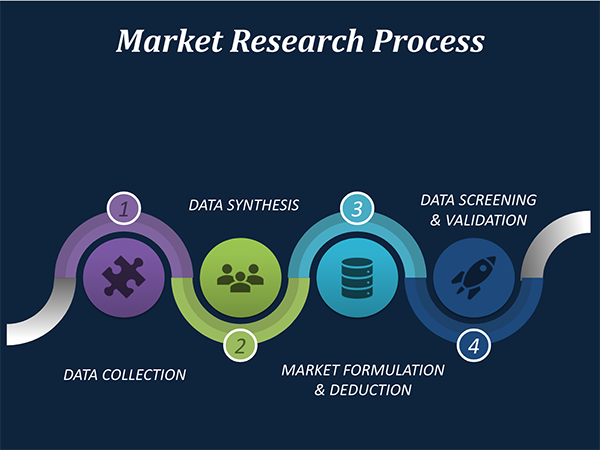
Data Collection: This stage of the market research process involves with the gathering and collecting of the market/industry related data from the sources. There are basically two types of research methods:
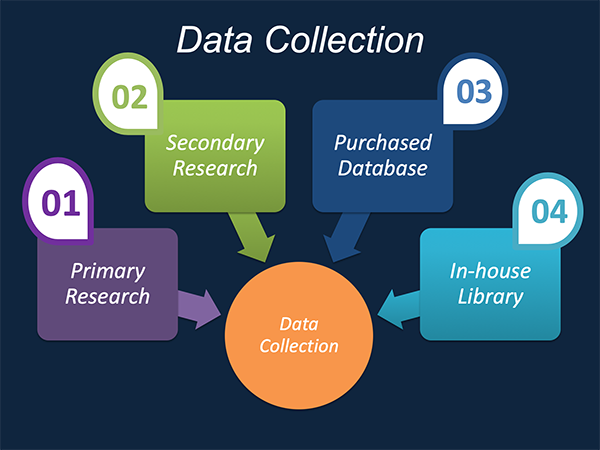
Data Synthesis: This stage includes the evaluation and assessment of all the data acquired from the primary and secondary research. It likewise includes in evaluating the information for any disparity watched while information gathering identified with the market. The data & information is gathered with consideration to the heterogeneity of sources. Scientific and statistical methods are implemented for synthesizing dissimilar information sets and provide the relevant data which is fundamental for formulating strategies. Our organization has broad involvement with information amalgamation where the information goes through different stages:
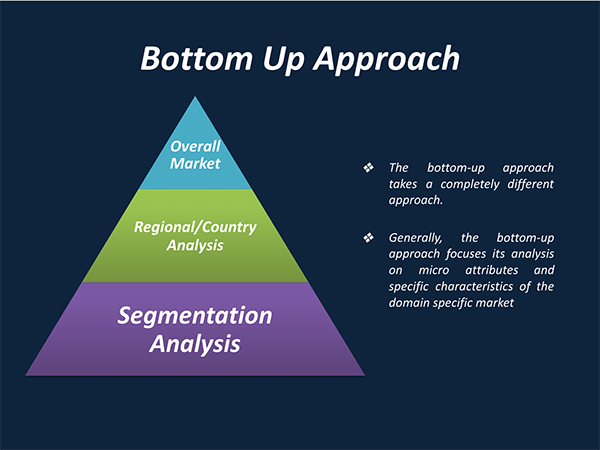
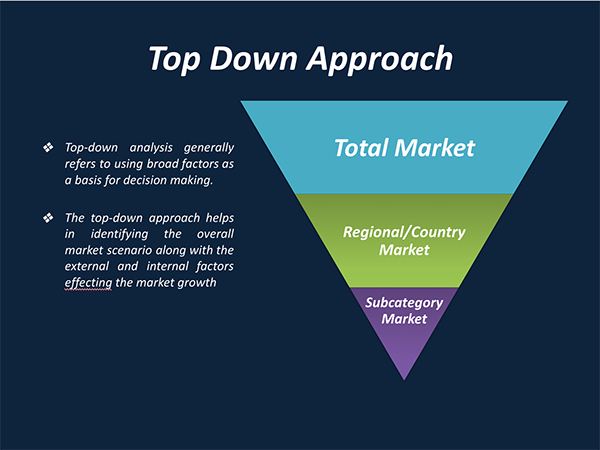
Market Formulation & Deduction: The last stage includes assigning the data & information in a suitable way in order to derive market size. Analyst reviews and domain based opinions based on holistic approach of market estimation combined with industry investigation additionally features a crucial role in this stage.
This stage includes with the finalization of the market size and numbers that we have gathered from primary and secondary research. With the data & information addition, we ensure that there is no gap in the market information. Market trend analysis is finished by our analysts by utilizing data extrapolation procedures, which give the most ideal figures to the market.
Data Validation: Validation is the most crucial step in the process. Validation & re-validation through scientifically designed technique and process that helps us finalize data-points to be used for final calculations. This stage also involves with the data triangulation process. Data triangulation generally implicates the cross validation and matching the data which has been collected from primary and secondary research methods.
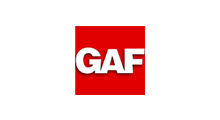

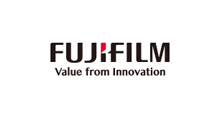
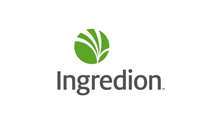

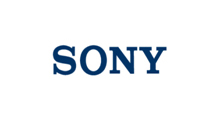
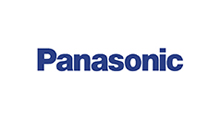
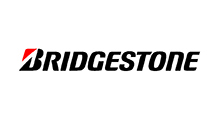
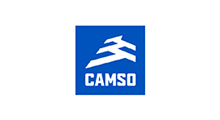
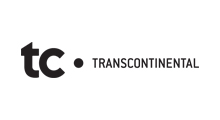
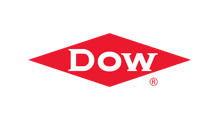
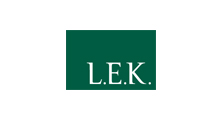

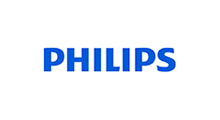
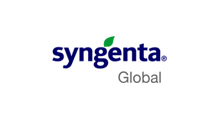
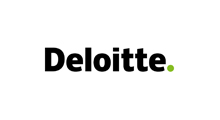

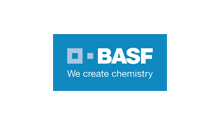
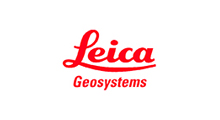
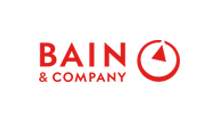
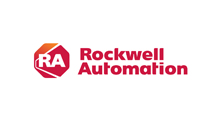
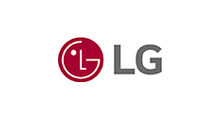
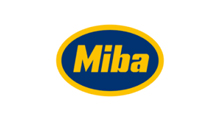
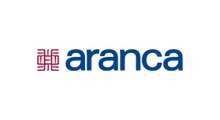
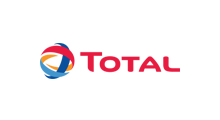
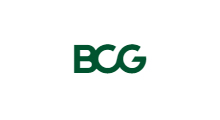
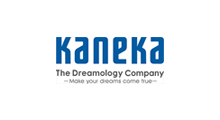
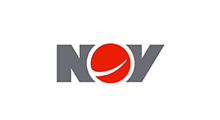
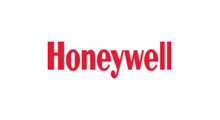
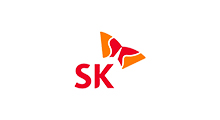
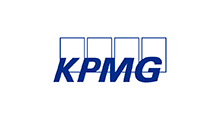
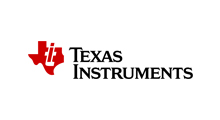
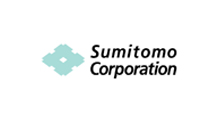
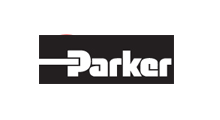
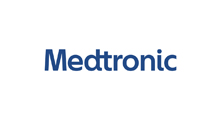
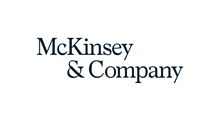


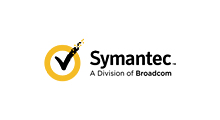
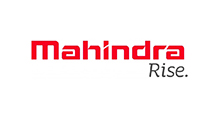
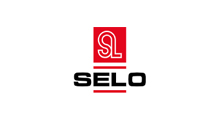
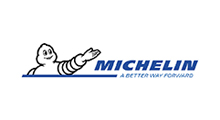

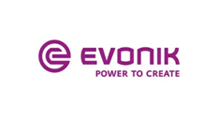

Free Customization
Countries can be added on demand
Free yearly update on purchase of Multi/Corporate User License
Companies served till date

We serve our customers 24x7 for 365 days through calls, emails and live chat options.
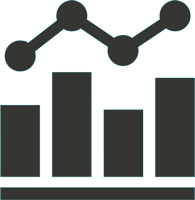
Huge database of exceptional market reports bringing market intelligence to your fingertips.

SSL enabled, we offer you various secured payment options for risk free purchase.